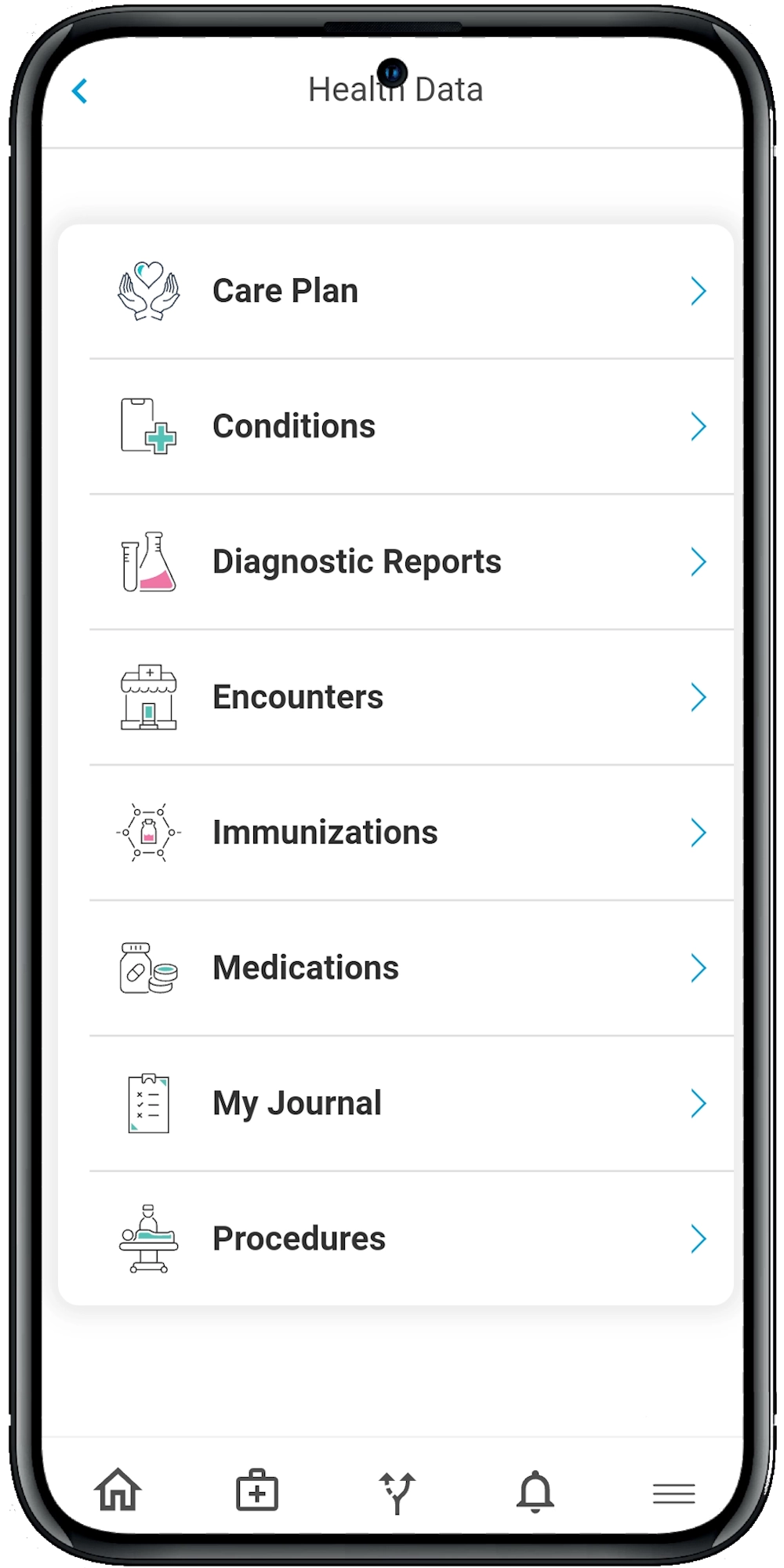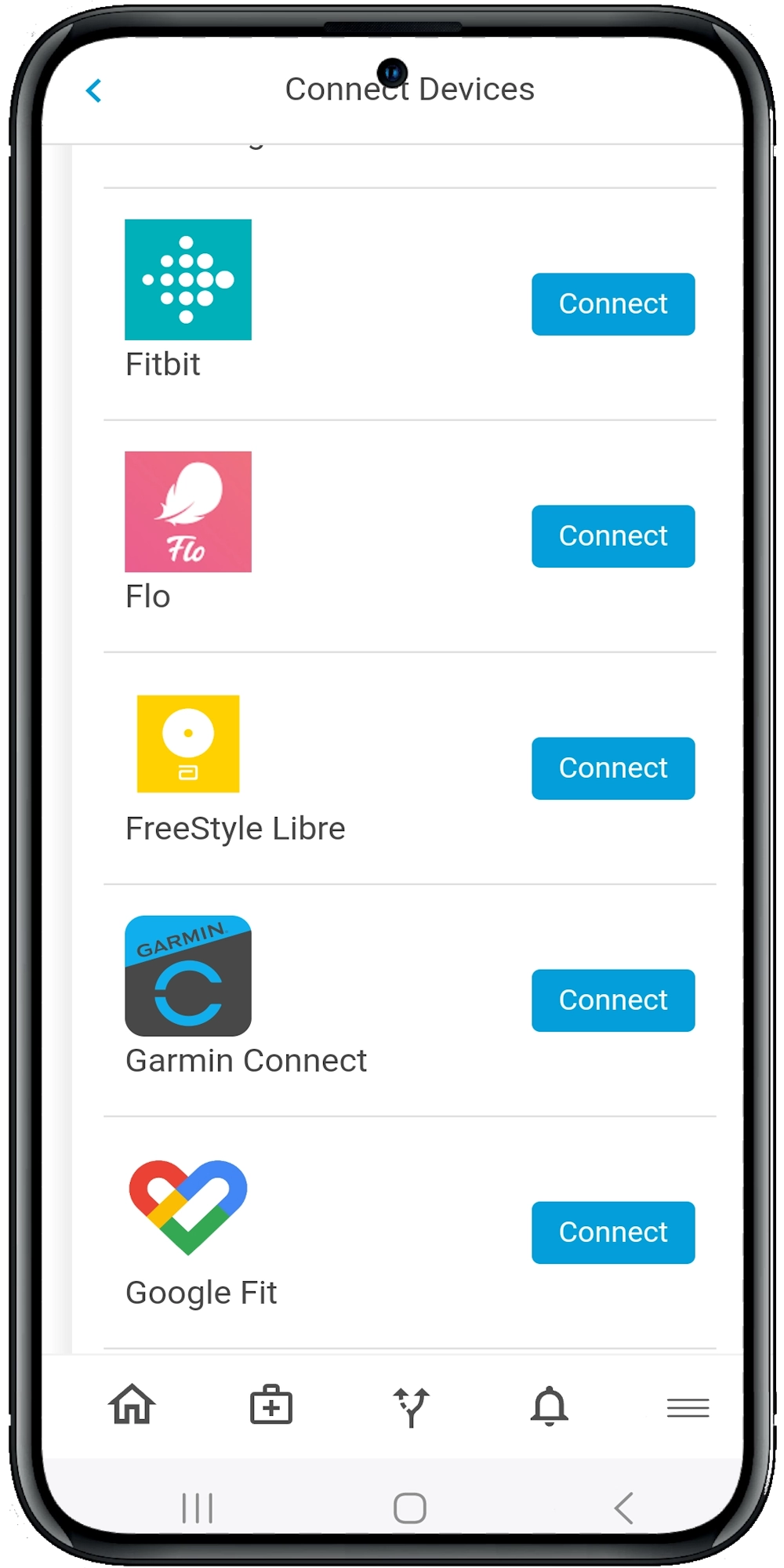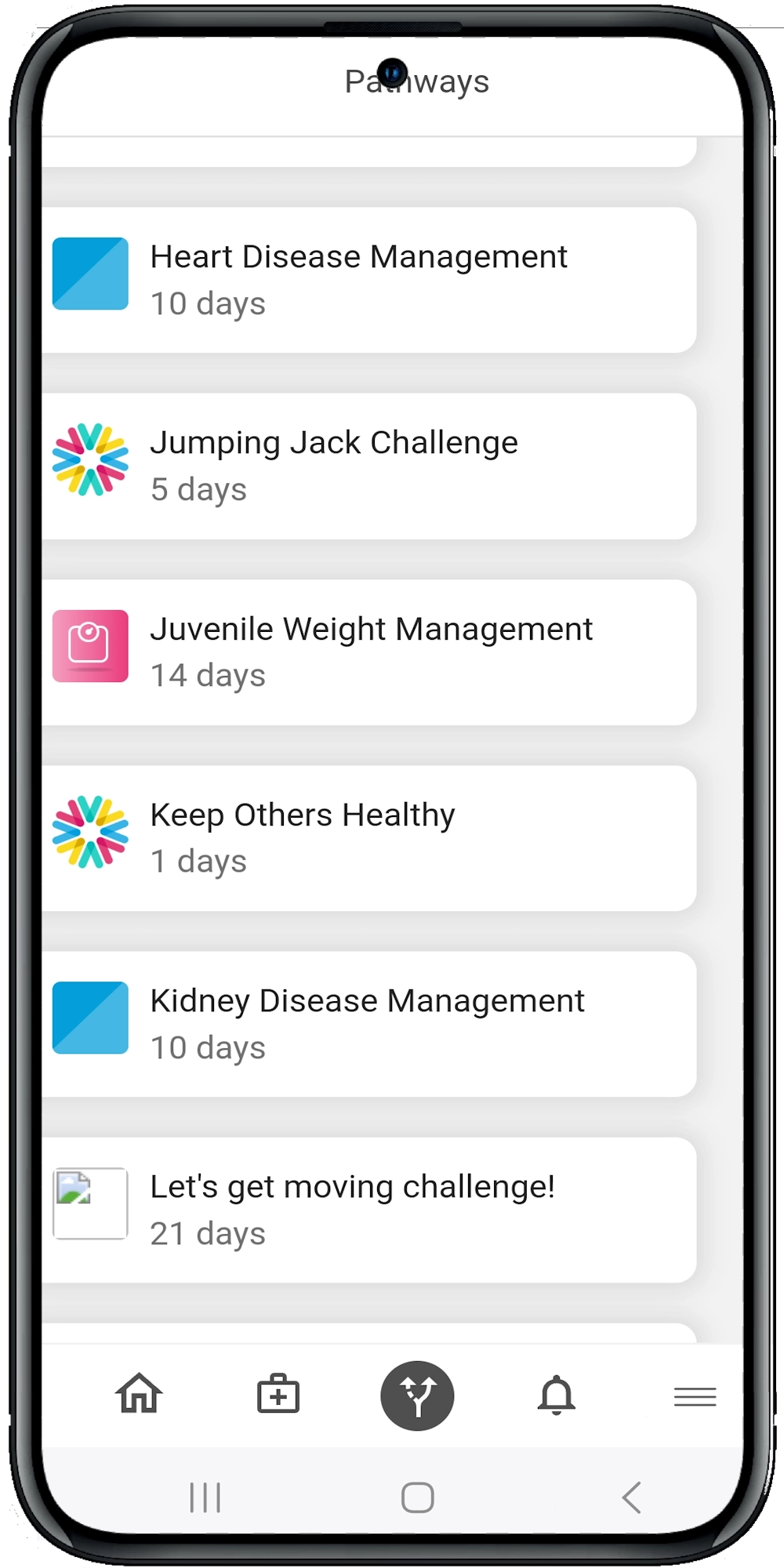Using Telehealth to Expand Geriatric Health Services
The Growing Need for Geriatric Healthcare
The U.S. Census Bureau estimates that by 2034, older adults will outnumber children for the first time in U.S. history. This shift presents a unique set of challenges for healthcare providers. Older adults often have multiple chronic conditions, mobility issues, and a higher need for regular medical consultations. Traditional healthcare models may struggle to keep up with these demands, but telehealth offers a promising solution.
What is Telehealth?
Telehealth involves the use of digital communication technologies to deliver healthcare services and information remotely. This includes video conferencing, remote monitoring, and mobile health apps. For geriatric patients, telehealth can provide:
- Convenient access to healthcare services
- Reduced need for travel
- Improved management of chronic conditions
- Enhanced patient engagement and satisfaction
Benefits of Telehealth for Geriatric Patients
Convenience and Accessibility
Imagine an elderly patient with arthritis who struggles to leave the house. Telehealth allows them to consult with their physician from the comfort of their home. This not only saves time but also reduces the physical strain of traveling to a clinic.
Continuous Monitoring
Many older adults require regular monitoring of chronic conditions such as diabetes or hypertension. Remote monitoring devices can track vital signs and send real-time data to healthcare providers. This ensures timely interventions and reduces the risk of complications.
Enhanced Care Coordination
Telehealth platforms can streamline communication between different healthcare providers. For instance, a primary care physician, a cardiologist, and a physical therapist can all access the same patient records and coordinate care more effectively.
Cost-Effective
Telehealth can reduce healthcare costs by minimizing hospital readmissions and emergency room visits. It also lowers transportation costs for patients who would otherwise need to travel for appointments.
Implementing Telehealth in Geriatric Care
Implementing telehealth in geriatric care isn’t just about adopting new technology; it’s about integrating it into existing workflows and ensuring both patients and providers are comfortable using it. Here are some steps to get started:
Assess Needs and Capabilities
Conduct a thorough assessment of your patient population and your facility’s technological capabilities. Identify which services can be effectively delivered via telehealth.
Choose the Right Platform
Select a telehealth platform that is user-friendly for both patients and providers. Look for features like secure video conferencing, electronic health record (EHR) integration, and remote monitoring capabilities.
Train Staff and Patients
Provide comprehensive training for healthcare providers and educate patients on how to use telehealth services. Consider creating easy-to-follow guides or video tutorials.
Ensure Compliance
Make sure your telehealth practices comply with HIPAA regulations to protect patient privacy and data security.
Evaluate and Improve
Continuously evaluate the effectiveness of your telehealth services. Gather feedback from patients and providers to identify areas for improvement.
Overcoming Challenges
While telehealth offers numerous benefits, it’s not without challenges. Here are some common obstacles and how to overcome them:
Technological Barriers
Some older adults may not be tech-savvy or may lack access to necessary devices. Providing technical support and offering low-cost or loaner devices can help bridge this gap.
Reimbursement Issues
Navigating reimbursement for telehealth services can be complex. Stay informed about state and federal policies, and work with payers to ensure proper billing and reimbursement.
Patient Engagement
Engaging older adults in telehealth requires building trust and demonstrating the value of virtual care. Regular follow-ups and personalized care plans can enhance patient engagement.
Real-World Applications
Consider the story of Mrs. Johnson, an 82-year-old woman with congestive heart failure. Before telehealth, she frequently visited the emergency room due to fluid buildup in her lungs. Now, with remote monitoring, her healthcare team can track her weight and vital signs daily. Any concerning changes trigger an immediate video consultation, allowing for timely interventions and reducing hospital visits.
Future of Telehealth in Geriatrics
The future of telehealth in geriatric care is bright. Advances in artificial intelligence, wearable technology, and remote diagnostics will further enhance the capabilities of telehealth. Imagine a world where smartwatches not only track heart rate but also predict potential health issues before they become serious. Or where virtual reality can provide immersive physical therapy sessions for homebound patients.
Summary and Suggestions
Telehealth is revolutionizing geriatric healthcare by making it more accessible, efficient, and patient-centered. As healthcare professionals, embracing this technology can help us better serve our aging population. Ready to dive deeper into the world of telehealth? Check out our other resources or schedule a demo to learn more about our digital health platform and solutions.





